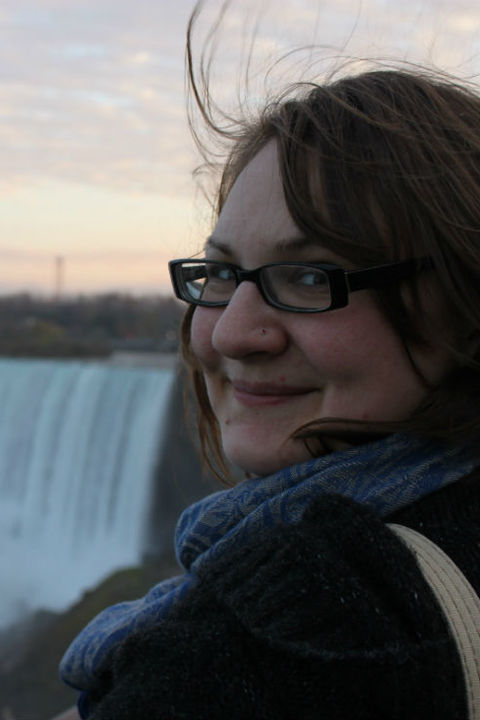A Habitat Template Approach for Living Architecture
Description:
Naturally occurring ecosystems which are structurally analogous to urban habitats can provide inspiration and insight into creating better functioning cities. For example, plant and insect communities that occur on cliffs or thin soils can give insight into how- and what- to grow on locally adapted, hardy green roof and wall projects that provide habitat for local insects and animals in urban systems. This session takes a deep dive into understanding how the Great Lakes bedrock prairies, rock outcrops, alvars and other uncommon native ecosystems can be better studied for translation to the design fields for a more sustainable future. Designers and scientists in the session will discuss current efforts: what ecosystems being studied for translation; how they are being studied and translated through new projects or proposals using a habitat template approach. This session will help participants understand how buildings and cities can be designed to be more regionally contextual and ecological productive. The session will also feature students who will be presenting lightening round research topics with themed discussions. This session is offered in collaboration with the Greater Ohio Living Architecture Center (GOLA) https://www.golacenter.org/.
Morning Speaker:
Title: Built by nature: growing habitats in and out of cities
Christie Bahlai, Ph.D., Assistant Professor, Kent State University

Afternoon Speaker:
Title: Design life: Biodiversity conservation in constructed green infrastructure
J. Scott MacIvor, Ph.D., Assistant Professor, University of Toronto Scarborough

Abstract:
Buildings and other infrastructure in cities are viewed as threats to biodiversity and ecosystem functioning because natural habitat is replaced. However, there is momentum for implementing green infrastructure, such as green roofs or wetland detention basins that partially offset impacts, and benefit human health. Green infrastructure is designed to explicitly support ecosystem services, including implied benefits to biodiversity. However, both local and landscape factors may determine the outcome. In different examples from Toronto, Canada from field-based research and meta-analyses to municipal strategy and completed case studies, we will evaluate the opportunities and pitfalls of constructed green infrastructure for biodiversity conservation.
Bio:
Scott MacIvor is a community ecologist and assistant professor in the Department of Biological Sciences at the University of Toronto Scarborough. He is interested in plants, pollinators (especially bees), their interactions in cities and across different urban green spaces. His work aims to support applications in urban design and planning that enhances biodiversity conservation. He collaborates widely with NGOs, architects, landscape practitioners and local communities to implement research findings.
Student Lightning talks*:
Anna Droz (Biology PhD)
Alan Brooker (Architecture/MSAED)
Lama Tawk (Biology PhD)
Haley DeRose (Architecture/MSAED)
Katie Manning (Biology PhD)
Meghan Blackson (Architecture/MSAED)
* Organized by the Greater Ohio Living Architecture Center (GOLA)
Organizers:
Christie Bahlai, Ph.D., Assistant Professor, Kent State University, and Reid Coffman, Ph.D, Associate Professor, Kent State University
